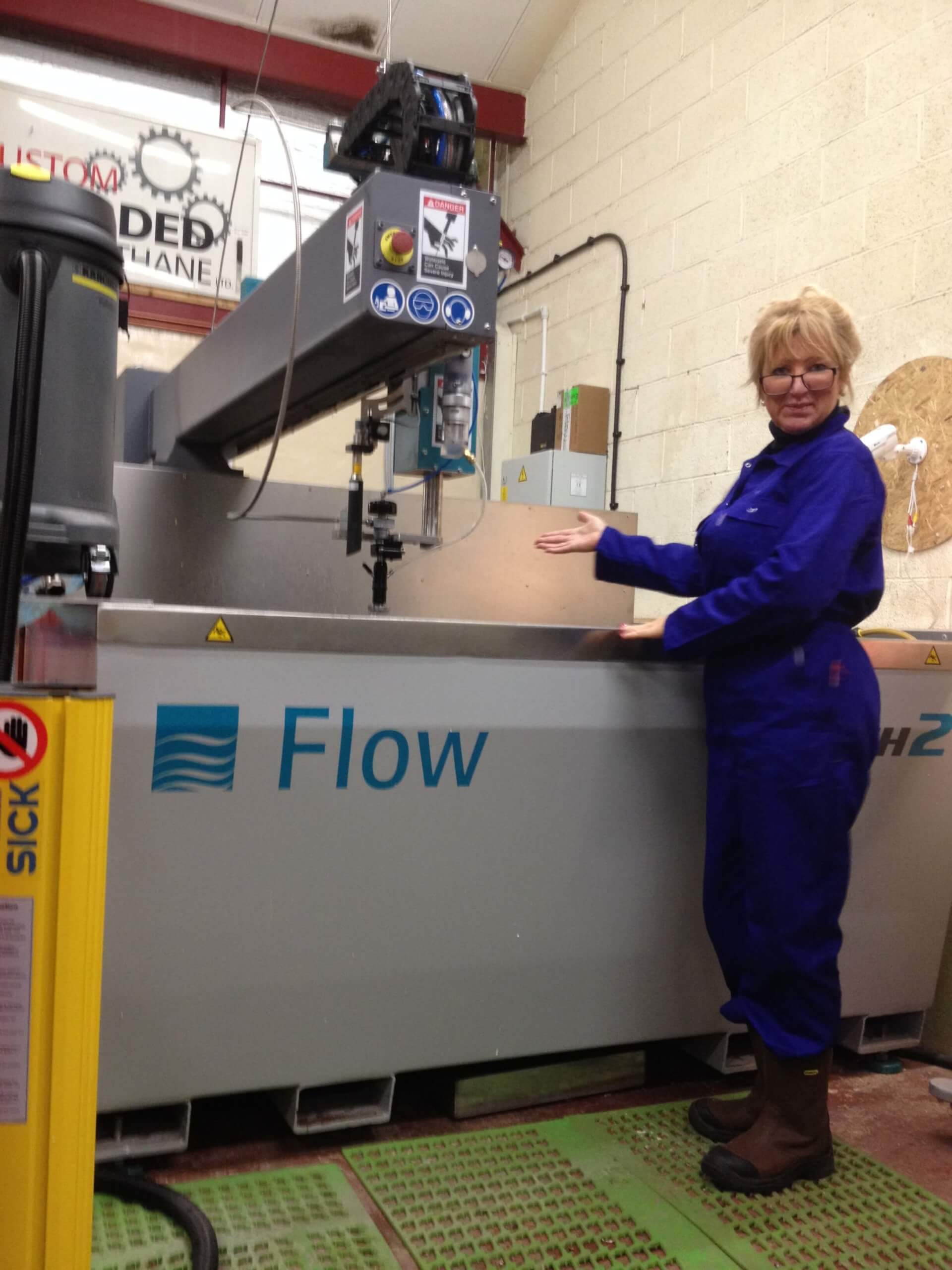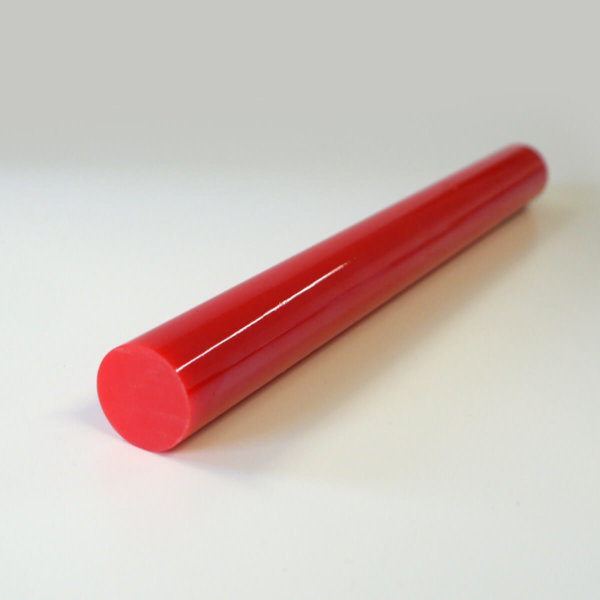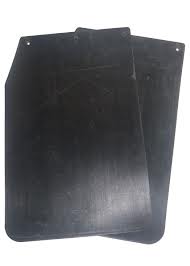Water jets have become one of the fastest-growing machine tool processes in the world. This success comes down to its ability to cut through all types of hard and soft material including steel, granite, wood and rubber as well as remove industrial coatings from structures.
But where did this fascinating technology begin? You may be surprised to learn that water has been used to cut and shape material since Roman times. So in this article, we thought it would be fun to look at where the technology originated and how it has evolved to what it is today.
Where it all began
The Romans were the first people to use water as a method for extracting soft material from gold and tin mines. This was a relatively crude method, however, which relied on large volumes of non-pressurised water flowing over the rocks to remove deposits.
The first use of pressurised water as a cutting tool was thought to be during the American Gold Rush in the 1850s. A mining engineer by the name of Edward Matteson used a canvas hose to bring water from a holding pond above the mine. The water was then fed down the hose into a giant iron nozzle called a monitor. This created a high-pressure stream which could be used to cut through rock deposits.
This type of mining continued throughout the 19th century where it was used to mine coal, tin, iron ore and zinc in countries as far afield as New Zealand and Russia. While efficient, the practice causes huge environmental damage which forced its use to be restricted once mechanical mining methods were developed in the early 1900s.
Related article: Who needs industrial water jet cutting?
When was water jet cutting invented?
The water jet as we know it today was first patented by the Paper Patents Company in the 1930s. The water jet was invented as a method for measuring and cutting reams of paper. The first device was not particularly sophisticated and used relatively low pressure but it proved to be reliable and more efficient than cutting by hand.
Up till now, water jets had only been used to cut soft material. But the idea of adding an abrasive to the water allowing it to cut hard material was introduced by Elmo Smith in 1935. Smiths design resulted in a nozzle capable of cutting wood, rubber and even stone. The problem was creating a reliable high-pressure pump capable of pressurising the mixture to more than 40,000 psi.
The problem wouldn’t be solved until the 1940s when high-pressure seals were developed for aviation and automotive hydraulic systems. By the 1950s these were being used to create ultra-high pressure (50,000 psi) water jets which when mixed with an abrasive agent were powerful enough to cut through 12-inch sheet metal.
Related article: A Guide to Custom Water jet Cutting
How the water jet has evolved
The humble water jet had come a long way, but things were only just getting started. One of the early pioneers of water jet technology was John T. Parsons, head of the Propeller Lab at Wright-Patterson Air Force Base, Ohio. Parsons was interested in using water jets to create the complex shapes needed for helicopter rotor blades.
While water jets were already powerful enough to cut through metal, it was not possible to control them with enough precision to create the complex shapes Parsons needed. To solve the problem he developed the Numerical Control (NC) system which allowed the jet heads to be programmed to cut complex shapes automatically – a great industrial application.
Throughout the 1960s water jet nozzle technology was refined further by G.L. Walker and S.J. Leach who worked to optimise the jet nozzle for cutting different materials. During the 1970s the Bendix Corporation developed the concept of using corundum crystal for the water jet orifice. This enabled the nozzle to withstand pressures of up to 60,000 psi and allowed the first commercially available water jet cutting system to be introduced.
The water jet today
By the 1990s water jet technology had evolved to become a viable and cost-effective solution for manufacturing companies of all sizes. The precision of the devices had also improved, with operators being able to adjust the amount of abrasive used giving them greater control over the cutting and shaping of various materials.
By the mid-2000s further enhancements were made including the introduction of multi-axis cutting heads, which allow complex shapes to be created with ease. Today water jets operate at more than 100,000 psi with the water leaving the nozzle at four times the speed of sound.
This allows them to cut complex shapes into various materials including base metals, alloys, composites, stone, concrete, ceramics, rubber and plastic. As a result, abrasive water jets are widely used across a wide spectrum of industries including aerospace, automotive, shipbuilding and construction.
Want to find out how much it will cost to make your products?




